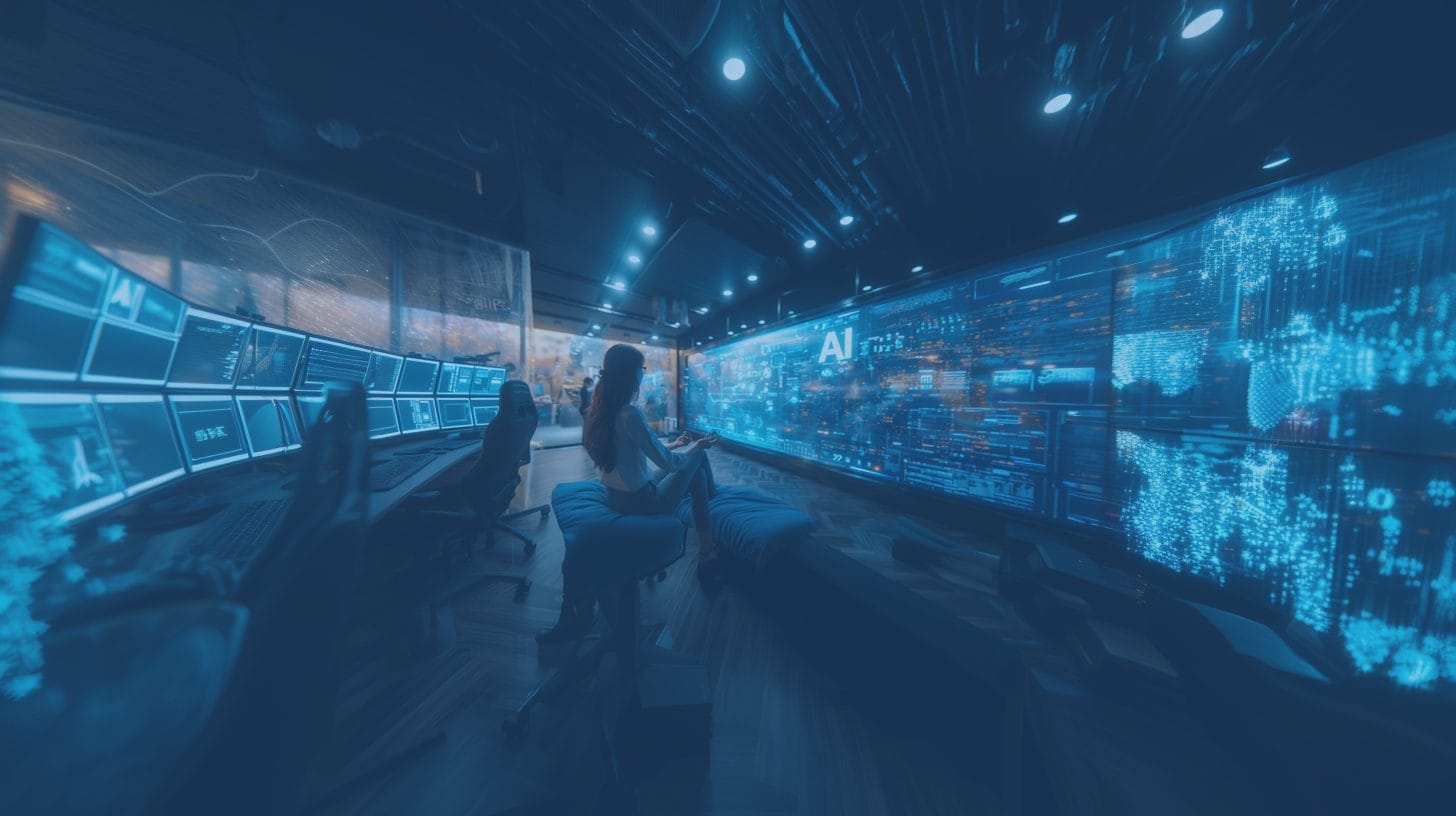Latest Reports
-
![Meta's Mixed Reality Play: Consumerization Paves Way for Enterprise Use Cases Product Image Meta Mix - Meta's Mixed Reality Play: Consumerization Paves Way for Enterprise Use Cases]()
Meta’s Mixed Reality Play: Consumerization Paves Way for Enterprise Use Cases
Ray-Ban Stories, a collaboration between Meta (formerly Facebook) and Ray-Ban, represents a blend of classic eyewear design and cutting-edge technology. These smart glasses allow users to capture photos and videos, listen to music, take calls, send messages, and interact with social media, all while maintaining a stylish appearance.
November, 2024
-
![AI in Media: Balancing Innovation with Ethical Concerns thumbnail Product Image AI in Media - AI in Media: Balancing Innovation with Ethical Concerns]()
AI in Media: Balancing Innovation with Ethical Concerns
Concerns about artificial intelligence’s (AI) potential to displace jobs and negatively impact creative endeavors are particularly prevalent in the media and entertainment industries. In May, Avasant’s Empowering Beyond Summit included a panel titled, “Reality Check: How can media survive the coming disruption?” Avasant Managing Partner Robert Joslin led Fay Wells, a technology and media entertainment executive; Bharat Krish, CPO of Newsweek; Ghalib Kassam, CIO of the LA Times; and Chad Hamilton, VP of Fremantle, in conversation about AI and the media. They spoke about the current capabilities of AI in content creation, the ethical concerns it raises, and the implications for human creativity.
November, 2024
-
![Enabling Data-driven Autonomous Decision-making with Generative AI in ERP MoneyShot View Cloud ERP Suites 2024 RadarView - Enabling Data-driven Autonomous Decision-making with Generative AI in ERP]()
Enabling Data-driven Autonomous Decision-making with Generative AI in ERP
Enterprises leverage cloud ERP systems to automate manual workflows, enhance financial reporting, optimize supply chains, and enable real-time data sharing across departments. By integrating generative AI, these systems deliver contextual insights through prescriptive financial forecasts, supply chain disruption alerts, and recommendations derived from both ERP modules and external data sources. Cloud ERP vendors are advancing automation with agentic AI solutions, enabling autonomous handling of customer queries, prioritization of sales leads, and resolution of transaction anomalies. Additionally, they are introducing ESG reporting capabilities for real-time emissions tracking, leveraging advanced analytics and integrated data from multiple entities.
November, 2024
-
![From Blind Spots to Bright Spots: Reinforcing Strategic Governance Product Image Blind Spots - From Blind Spots to Bright Spots: Reinforcing Strategic Governance]()
From Blind Spots to Bright Spots: Reinforcing Strategic Governance
Strategic governance is a critical framework for organizations to effectively steer through complex operational terrain. It ensures a disciplined approach to defining strategic objectives, mitigating risks, and judiciously managing resources.
November, 2024
-
![Aligning National Health Insurance Initiatives with Office of Personnel Management Guidelines Product Image National Health Insurance - Aligning National Health Insurance Initiatives with Office of Personnel Management Guidelines]()
Aligning National Health Insurance Initiatives with Office of Personnel Management Guidelines
The healthcare industry stands at a pivotal juncture where regulatory compliance meets strategic innovation, particularly in managed services. Aligning provider selection with the Office of Personnel Management (OPM) guidelines transcends mere adherence to standards; it can be a transformative process that elevates the quality of healthcare services. This approach embodies a commitment to excellence and requires a meticulous balance of strategy, compliance, and innovation.
November, 2024
-
![Higher Education Digital Services: Transforming Higher Education Through Digital Innovation for Enhanced Accessibility and Personalization MoneyShot View Avasant Higher Education Digital Services 2024 With Heading - Higher Education Digital Services: Transforming Higher Education Through Digital Innovation for Enhanced Accessibility and Personalization]()
Higher Education Digital Services: Transforming Higher Education Through Digital Innovation for Enhanced Accessibility and Personalization
Higher education institutions are modernizing with cloud and smart campus technologies to enhance collaboration, personalization, and engagement. They are using tools such as AI, AR/VR, adaptive assessments, and virtual labs to promote interactive learning. To improve affordability, they are expanding financial aid, offering online degrees, and partnering with industry for upskilling in fields such as data science and cybersecurity. Both demand- and supply-side trends are covered in Avasant’s Higher Education Digital Services 2024 Market Insights™ and Higher Education Digital Services 2024 RadarView™, respectively.
November, 2024
-
![Unlocking Efficiency: Ten Prominent Uses of AI in Procurement Product Image Ten Prominent Uses of AI in Procurement - Unlocking Efficiency: Ten Prominent Uses of AI in Procurement]()
Unlocking Efficiency: Ten Prominent Uses of AI in Procurement
Procurement professionals face the daunting task of balancing cost savings, supplier relationships, and risk management. Artificial intelligence (AI) is emerging as a transformative technology that is reshaping traditional procurement processes, enhancing efficiency, and enabling strategic decision-making.
November, 2024
-
![Manufacturing ESG Maturity Benchmark Study 2024–2025: Driving Sustainable Sourcing by Engaging with Progressive Partners Product Image ESG Report - Manufacturing ESG Maturity Benchmark Study 2024–2025: Driving Sustainable Sourcing by Engaging with Progressive Partners]()
Manufacturing ESG Maturity Benchmark Study 2024–2025: Driving Sustainable Sourcing by Engaging with Progressive Partners
This is the first edition of the Manufacturing ESG Maturity Benchmark Study 2024–2025, featuring 22 enterprises. The enterprises have been assessed based on their sustainability disclosures, strategy, and transparency and have been classified and benchmarked based on more than 80 metrics spread across four topics: environmental, social, governance, and ESG disclosure compliance and complexity. As the sector faces increased scrutiny due to new regulations, such as the Corporate Sustainability Reporting Directive (CSRD) in the EU, this study offers a critical evaluation of enterprises across abovementioned four key pillars.
November, 2024
-
![Breakthrough Development Through Digitalization in the Mexico Region MoneyShot View Mexico Region Digital Services 2024 1 - Breakthrough Development Through Digitalization in the Mexico Region]()
Breakthrough Development Through Digitalization in the Mexico Region
Mexican enterprises are adopting digital technologies to meet the growing consumer demand in healthcare, retail, and manufacturing industries while enhancing operational efficiency to achieve their sustainability goals. They are increasingly incorporating AI, cybersecurity, and cloud technologies to develop new solutions and have accelerated their digital transformation initiatives. Additionally, there is a focused effort to position Mexico as a hub for digital talent by encouraging investments and forming strategic partnerships with technology companies and government entities. Both demand-side and supply-side trends are covered in our Mexico Region Digital Services 2024 Market Insights™ and Mexico Region Digital Services 2024 RadarView™, respectively.
November, 2024
-
![Canada Digital Services: Utilizing Emerging Technologies to Power a New Era of Growth Moneyshot - Canada Digital Services: Utilizing Emerging Technologies to Power a New Era of Growth]()
Canada Digital Services: Utilizing Emerging Technologies to Power a New Era of Growth
Canada’s strong digitalization drive is accelerating generative AI (Gen AI) adoption, backed by significant federal government and Canadian enterprise investments. Efforts are intensifying to position Central Canada as a leading tech hub while expanding broadband access across the Northwest Territories and British Columbia’s remote and rural areas. With an increased emphasis on cybersecurity, addressing the digital talent divide, and advancing sustainability, the Canadian government and businesses are collaborating closely with service providers to develop innovative digital solutions and enhance the customer experience.
November, 2024



















